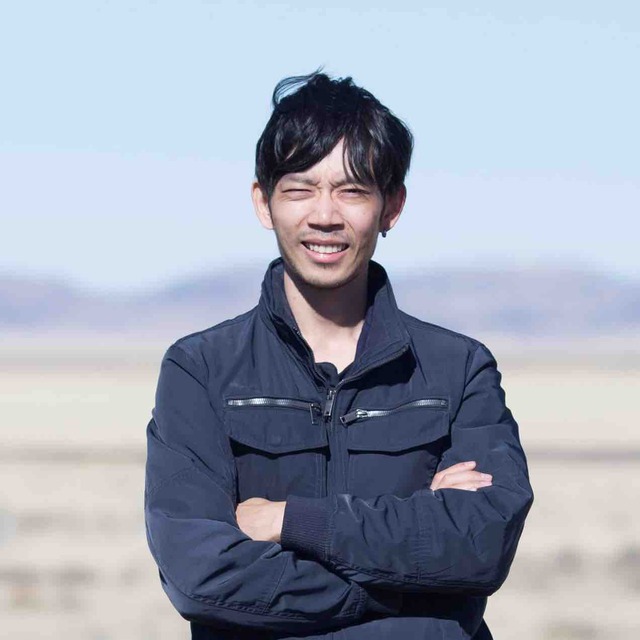May
2018
•
2018ApJ...859...58F
Authors
•
Finney, Emily Quinn
•
Bradač, Maruša
•
Huang, Kuang-Han
•
Hoag, Austin
•
Morishita, Takahiro
•
Schrabback, Tim
•
Treu, Tommaso
•
Borello Schmidt, Kasper
•
Lemaux, Brian C.
•
Wang, Xin
•
Mason, Charlotte
Abstract
•
We present a gravitational-lensing model of MACS J1149.5+2223 using ultra-deep Hubble Frontier Fields imaging data and spectroscopic redshifts from HST grism and Very Large Telescope (VLT)/MUSE spectroscopic data. We create total mass maps using 38 multiple images (13 sources) and 608 weak-lensing galaxies, as well as 100 multiple images of 31 star-forming regions in the galaxy that hosts supernova Refsdal. We find good agreement with a range of recent models within the HST field of view. We present a map of the ratio of projected stellar mass to total mass (f ⋆) and find that the stellar mass fraction for this cluster peaks on the primary BCG. Averaging within a radius of 0.3 Mpc, we obtain a value of < {f}\star > ={0.012}-0.003+0.004, consistent with other recent results for this ratio in cluster environments, though with a large global error (up to δf ⋆ = 0.005) primarily due to the choice of IMF. We compare values of f ⋆ and measures of star formation efficiency for this cluster to other Hubble Frontier Fields clusters studied in the literature, finding that MACS1149 has a higher stellar mass fraction than these other clusters but a star formation efficiency typical of massive clusters.
Links




